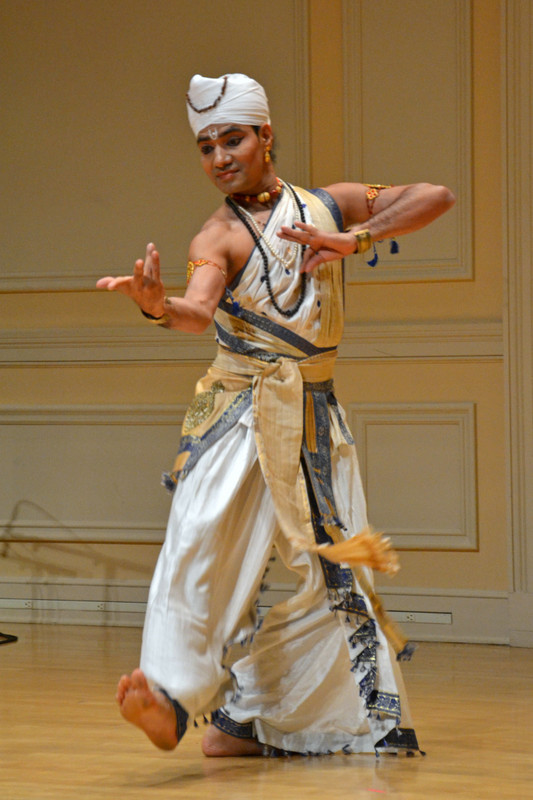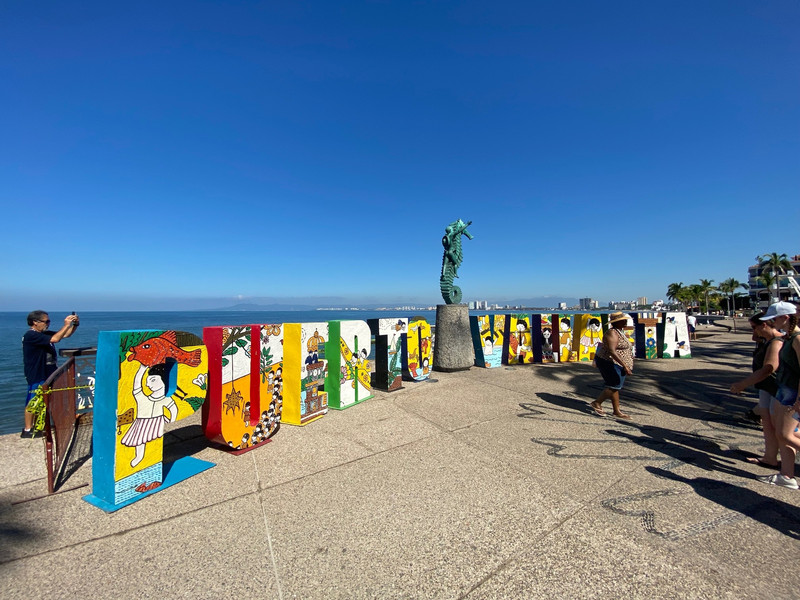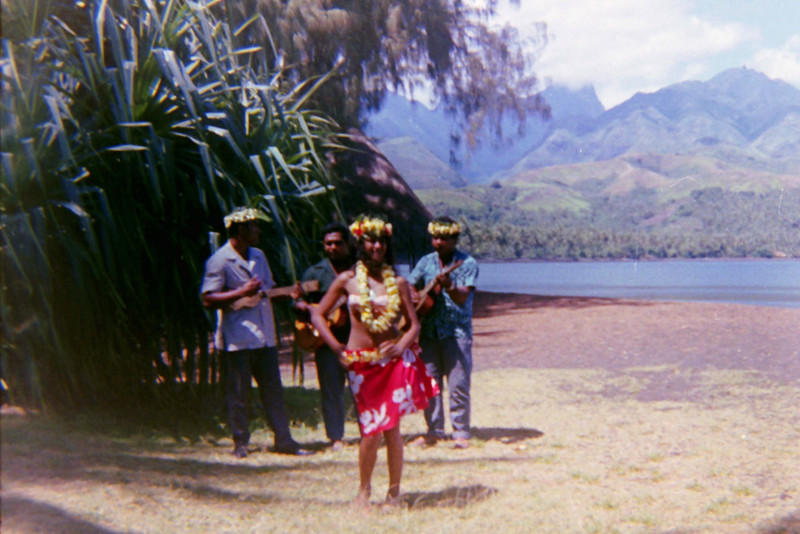I have not traveled to India since 1971. On that trip I remember seeing several programs of Indian dance. On Thursday, the Sattriya Dance Company of Philadelphia appeared with the Dancing Monks of Assam from India in a program sponsored by the Library of Congress. The program was presented at the Coolidge Auditorium under the auspices of the performance series Homegrown: The Music of America Concert Series. I was intrigued by this opportunity to experience this performance.
Sattriya is a dance form practiced by Vaishnavite of Assam in northwestern India. Sattriya derives from satra or monastery. The Assamese monks conduct prayer and convey storytelling through dance movement. Sattriya has by custom been limited to male dancers and men portray female characters when they appear in a story. (Women were not even permitted inside a satra to view the proceedings.) It is considered one of the eight classic Indian dance forms.
Madhusmita Bora and Prerona Bhuyan learned classic dance in India. They founded the Sattriya Dance Company to promote the dance form in the United States and open participation to women. Ms. Bora narrated the program.
prepare the performance space. A ceremony of lighting candles was followed by the monks dancing as a group while each played an individual Khol drum) or cymbals. A sole Sarinda player them.
A single male dancer next performed the Dance of the Storyteller. He was by four musicians playing a koh, cymbals, Shruti box (a type of harmonium) and a violin. The stories represented events in the life of Lord Krishna.
The monks returned with Rivers and a set of abstract dance movements, a kind of ballet blanc if you will, of pure form and movement. Two of the monks were costumed to portray female characters.
The performance was indeed most enjoyable. It was different than other Indian dancing I have seen. This form was and fluid. Dancers would strike a pose, or kneel, with their arms and fingers taking defined positions and then return to their dance. They gave the appearance of being in a state of calm meditation. The music, too, was meditative,
not boisterous or celebratory. The monks might play their drums or cymbals, during movement or while taking a position, while at other times they let the musicians provide the music as they focused on dance alone.









